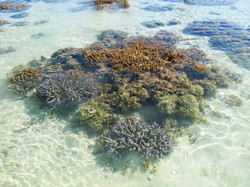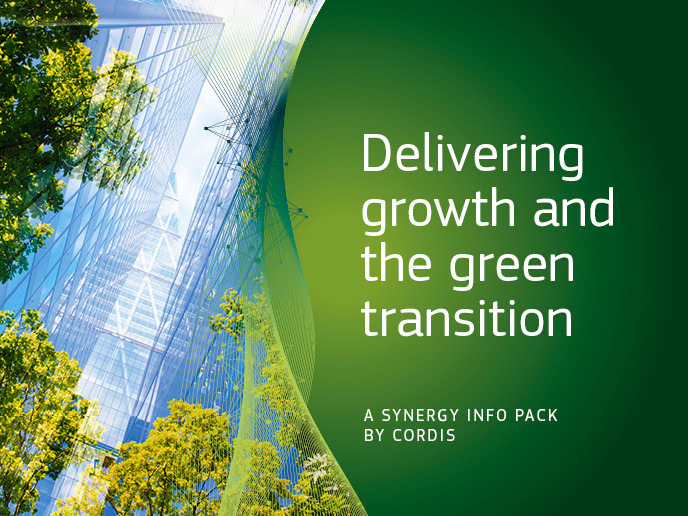Coral conservation expertise exchanged
The existence of coral reefs is largely dependent upon a symbiotic relationship between cnidarian corals and single celled microalgae (genus Symbiodinium), generally called zooxanthellae. Scientists are only just beginning to understand the complexities of this symbiosis and how it will respond to changes in the environment, such as from climate change. This challenge was addressed by the EU-funded project SYMBIOCORE (Synergies through merging biological and biogeochemical expertise in coral research). The aim was to facilitate exchanges between experts from scientific institutes based in Australia, Brazil, Germany, Portugal, the United Kingdom and the United States. These exchanges have enabled joint research expeditions to conduct extensive studies on major reef systems, including Brazil's Abrolhos archipelago and Australia’s Great Barrier Reef. The result has been an increase in the number of researchers with specialised training in photophysiology, genetics, metabolomics and experimental procedures. SYMBIOCORE has also contributed to a greater understanding of thermosensitivity in corals, the impact of climate change and ocean acidification on symbiont-coral associations. In addition, new ways of examining Symbiodinium diversity were considered based on functional traits and improved methods devised for the in-situ study of bleached corals. New molecular tools were also developed to study phenotypic plasticity. Understanding the basic biological mechanisms that lead to coral bleaching are key for reef conservation and to predict responses to future changes. One important finding was the discovery that free-living Symbiodinium populations can drive calcification without a coral host. This finding, which was published in a leading scientific journal, has important implications for understanding coral ecology and evolution. SYMBIOCORE was a successful multidisciplinary initiative that enabled scientists to exchange information in the field of coral research. Through workshops, seminars and researcher exchanges it increased the knowledge of the partners involved and boosted the ability of the European Research Area to develop better models of the host/symbiont relationship in order to better protect coral reefs and associated ecosystems.







